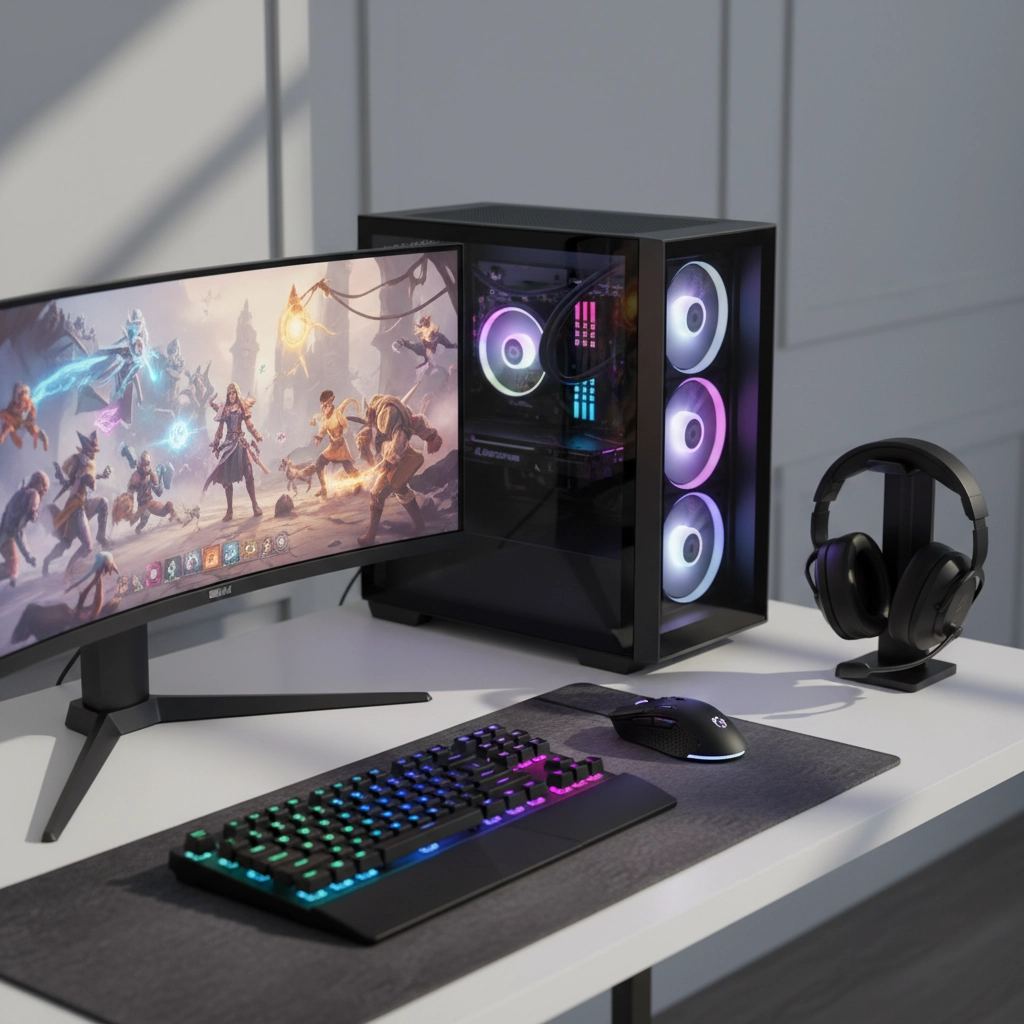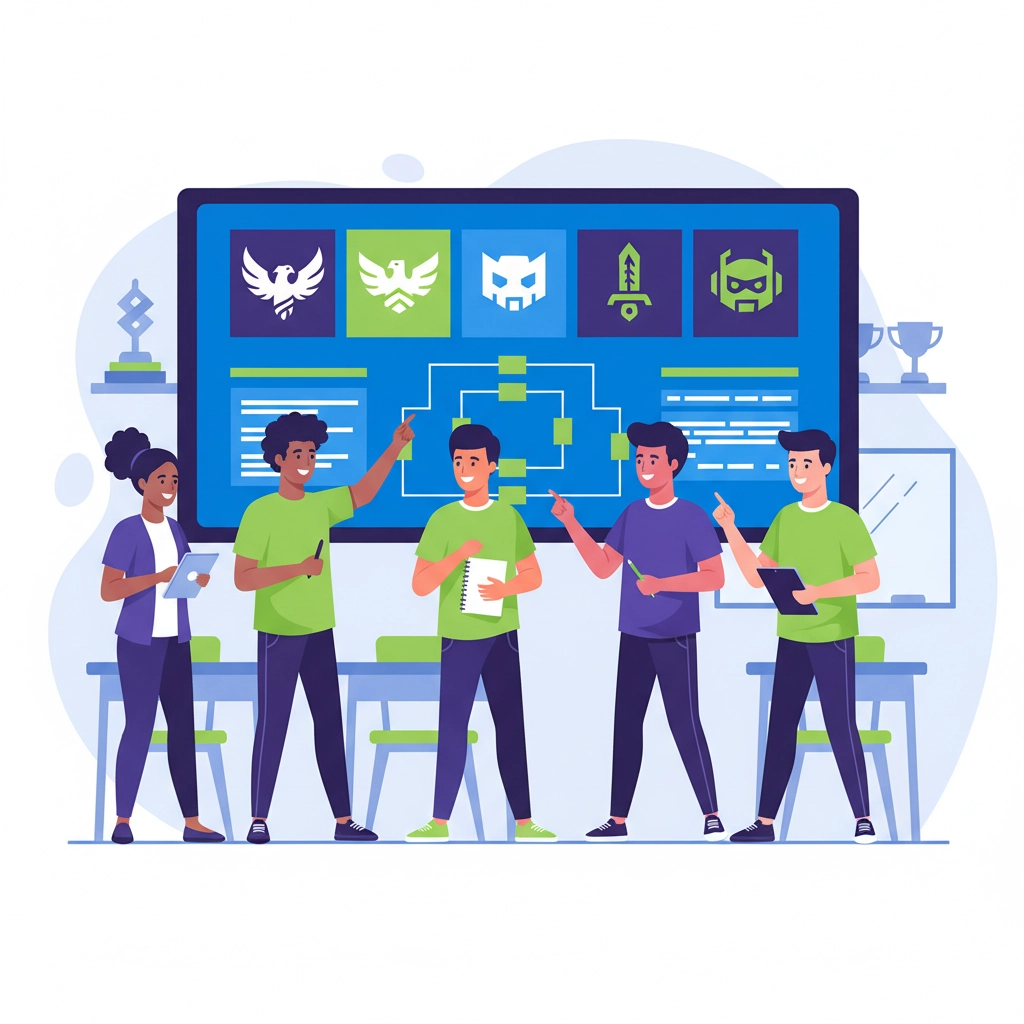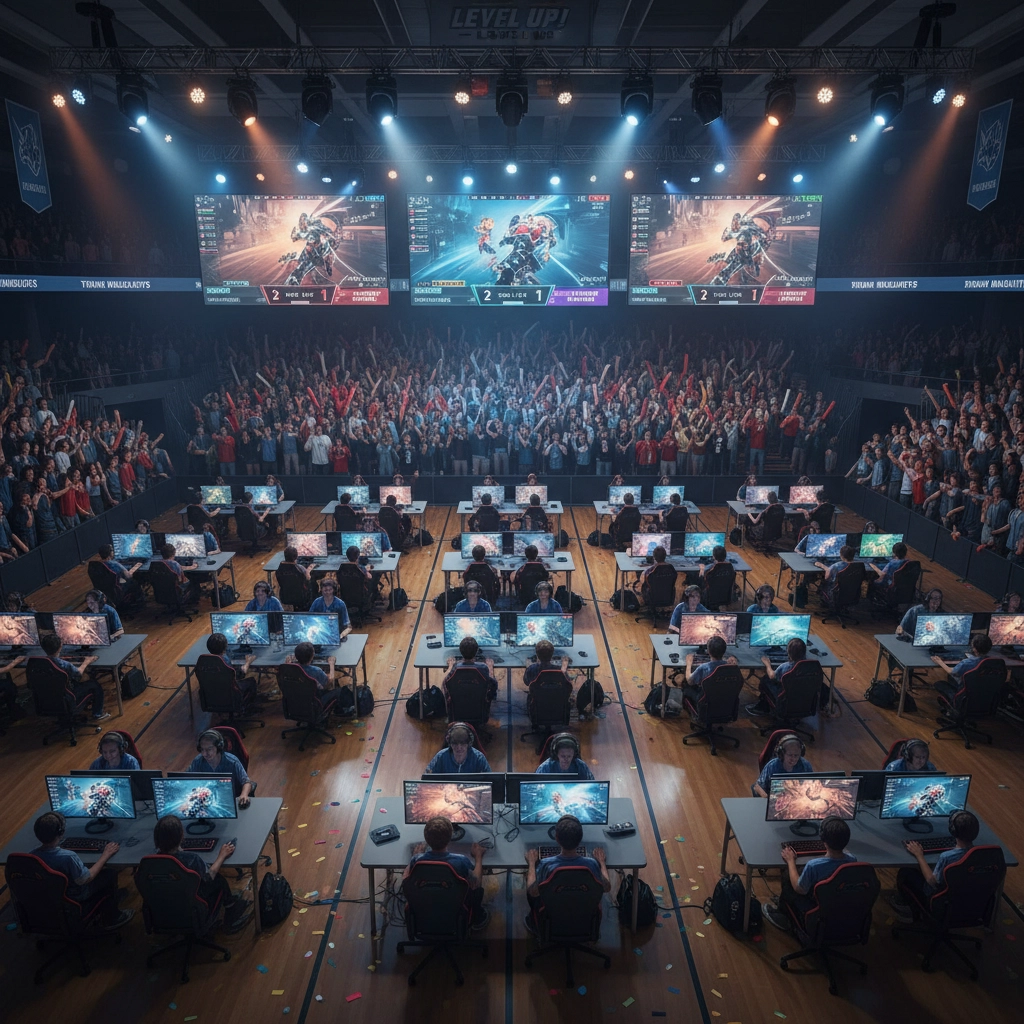High schools across the United States are implementing esports programs at an accelerated rate. These programs, often referred to as esports pods, provide structured competitive gaming environments for students. The establishment of such programs requires systematic planning and execution across multiple phases.
Phase 1: Initial Assessment and Planning
The first step involves conducting a comprehensive assessment of student interest and institutional readiness. Schools should distribute surveys to gauge student participation levels and identify preferred gaming titles. Administrative support represents a critical factor in program success. School leadership must understand the educational value proposition of esports programs.
Faculty sponsors play essential roles in program development. These individuals typically come from technology departments, athletics programs, or academic areas with digital media focus. The sponsor assumes responsibility for team management, practice coordination, and competitive scheduling.

Budget planning occurs simultaneously with initial assessment activities. Schools must account for equipment costs, software licensing fees, facility modifications, and ongoing operational expenses. Funding sources include school district allocations, fundraising activities, local business sponsorships, and educational grants.
Phase 2: Infrastructure and Equipment Requirements
Esports pods require dedicated physical spaces with appropriate technology infrastructure. The minimum space requirements include adequate ventilation, electrical capacity for multiple high-performance computers, and network connectivity capable of supporting simultaneous gaming sessions.
Equipment specifications vary based on selected games and competitive requirements. Standard configurations include gaming computers with dedicated graphics cards, high-refresh monitors, mechanical keyboards, precision gaming mice, and noise-canceling headsets. Network infrastructure must provide low-latency connections through wired ethernet connections rather than wireless alternatives.
Software requirements encompass game licenses, communication platforms, and streaming applications. Schools must verify age-appropriate content ratings and implement appropriate content filtering systems. Voice communication tools require moderation capabilities to ensure safe online interactions.
Phase 3: Game Selection and Competitive Framework
Game selection significantly impacts program success and student participation rates. Popular titles in educational environments include team-based games that emphasize collaboration and strategic thinking. Rocket League provides physics-based gameplay suitable for younger participants. League of Legends offers complex strategic elements appropriate for advanced players.

Content appropriateness remains paramount in educational settings. Schools must evaluate violence levels, language content, and thematic elements of selected games. Many institutions prefer games with minimal violent content and positive team dynamics.
Competitive frameworks require participation in organized leagues and tournaments. National organizations such as NASEF, PlayVS, and HSEL provide structured competition opportunities for high school teams. These platforms offer seasonal competitions, championship events, and scholarship opportunities.
Phase 4: Team Structure and Coaching
Esports teams require defined organizational structures similar to traditional athletic programs. Team composition typically includes starting players, substitute players, and support staff. Student leadership roles encompass team captains, strategic coordinators, and media managers.
Coaching requirements extend beyond game knowledge to include team management, conflict resolution, and academic oversight. Many states now offer professional development programs for educators interested in esports coaching certification. These programs cover game-specific strategies, team psychology, and program administration.
Practice scheduling follows established patterns similar to other extracurricular activities. Teams typically conduct practice sessions three to four times per week for two-hour durations. Practice activities include individual skill development, team strategy sessions, and scrimmage competitions.
Phase 5: Implementation and Launch
Program launch requires coordinated marketing and outreach efforts. Schools should utilize existing communication channels including morning announcements, school websites, and parent newsletters. Information sessions provide opportunities for students and parents to learn about program objectives and participation requirements.

Recruitment activities should target diverse student populations rather than limiting participation to existing gaming enthusiasts. Esports programs can attract students with interests in technology, communications, event management, and digital media production.
Initial competitions may involve local scrimmages or friendly matches with neighboring schools before advancing to formal league participation. These preliminary events allow teams to develop competitive experience and refine operational procedures.
Phase 6: Program Sustainability and Growth
Long-term program success requires ongoing administrative support and community engagement. Schools must demonstrate educational value through measurable outcomes including student academic performance, college acceptance rates, and scholarship awards.
Financial sustainability involves developing diverse revenue streams beyond initial startup funding. Ongoing expenses include equipment maintenance, software license renewals, and tournament participation fees.
Community partnerships enhance program credibility and provide additional resources. Local businesses may offer sponsorship opportunities, internship programs, or mentorship services. Higher education institutions increasingly offer esports scholarships and recruitment programs.
Student leadership development represents a key program outcome. Participants develop skills in communication, strategic thinking, time management, and digital citizenship. These competencies align with educational standards and workforce preparation objectives.
Phase 7: Quality Assurance and Evaluation
Program evaluation requires systematic data collection and analysis. Metrics include participation rates, academic performance correlation, college placement statistics, and student satisfaction surveys. Regular assessment ensures program alignment with educational objectives.
Safety protocols must address both physical and digital wellness concerns. Physical considerations include ergonomic equipment setup, vision health practices, and appropriate break scheduling. Digital safety encompasses cyberbullying prevention, online harassment reporting, and appropriate communication guidelines.

Equipment maintenance schedules prevent technical disruptions during practice and competition activities. Regular updates of software, hardware drivers, and security patches maintain optimal system performance.
Staff training requirements extend beyond initial program launch. Ongoing professional development ensures coaches and administrators remain current with game updates, competitive rule changes, and best practices in esports education.
The implementation of esports pods in high school environments requires systematic planning and sustained commitment from multiple stakeholders. Success depends on thorough preparation, appropriate resource allocation, and alignment with broader educational objectives. Schools that follow structured implementation processes typically achieve sustainable programs that provide meaningful student experiences and educational outcomes.
Programs must maintain flexibility to adapt to changing technology requirements, student interests, and competitive landscapes. Regular program review and modification ensure continued relevance and effectiveness in achieving stated educational goals.
